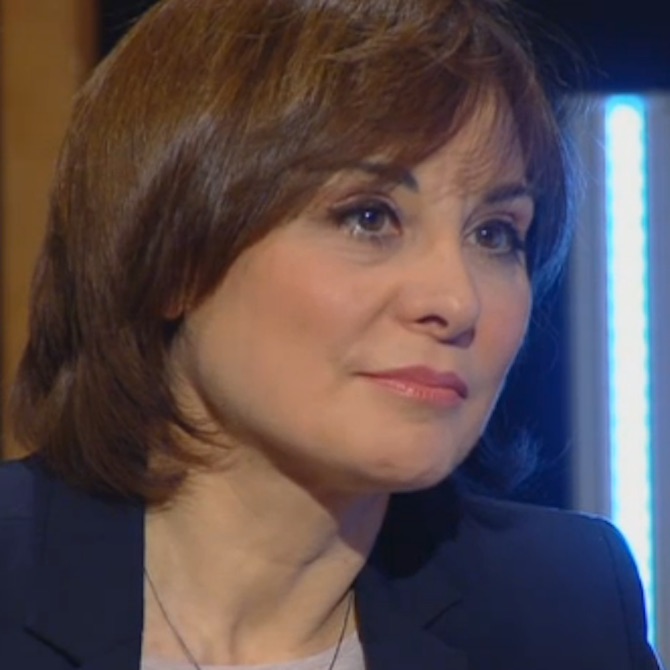Search
To search for an exact match, type the word or phrase you want in quotation marks.
A*DESK has been offering since 2002 contents about criticism and contemporary art. A*DESK has become consolidated thanks to all those who have believed in the project, all those who have followed us, debating, participating and collaborating. Many people have collaborated with A*DESK, and continue to do so. Their efforts, knowledge and belief in the project are what make it grow internationally. At A*DESK we have also generated work for over one hundred professionals in culture, from small collaborations with reviews and classes, to more prolonged and intense collaborations.
At A*DESK we believe in the need for free and universal access to culture and knowledge. We want to carry on being independent, remaining open to more ideas and opinions. If you believe in A*DESK, we need your backing to be able to continue. You can now participate in the project by supporting it. You can choose how much you want to contribute to the project.
You can decide how much you want to bring to the project.

Having learnt the lesson about the importance of the archive, with role models like Archive fever by Derrida or the Atlas Mnemosyne by Aby Warburg we are now seeing the need to revise, rethink and why not, rewrite it. In these days two on-going exhibitions in Barcelona and an initiative that has just begun cause us to reflect about the use of the internal archive, that is also on occasions more subjective and personal, in order to remember and make public.
The Galeria Estrany – de la Mota has commissioned from an external curator, ferranElOtro a proyecto based on its archives (that encompass the Àngels de la Mota gallery (1987-1996), the Antoni Estrany gallery (1990-1996) and finally Estrany-de la Mota, since1996). The aim was to propose a history of the gallery/ies and indirectly to vindicate the historical documentation of the gallery spaces, though they were already present, for example, in the project by Manuel Segade La cuestión del paradigma (The question of the paradigm) (2011), in which, the gallery Estrany-de la Mota was indicated specifically as one of the most outstanding hotbeds of agents within the Catalan context.
The Fundación Suñol is also revising its archives. In celebration of its five years of existence in the Paseo de Gracia site, it is presenting in Nivell Zero Documents and Memory, a chronogram that includes historic, cultural, local, and personal events, selected from their own archive. The result is a chronology that, albeit subjective, makes it possible to draw conclusions about the fluctuations, projections and divagations of the context.
Access to personal and working archives can also be used in an intent to be transparent, to reveal working processes. This was the case, last summer, with the publication The Logbook/Das Logbuch, something akin to a travel journal, in which a series of documents were published (basically emails and photographs) related to the preparations of Documenta 13. But obviously, in an event where the figures (of organisers, participants, activities, sites, etc.) ricochet, what appears documented? Which emails are reproduced and which aren’t? What criteria does the selection respond to? What are the aims?
Finally, a proposal in process, undoubtedly the most complex one, is Archive-Thesaurus, that is being carried out at the Fundació Tàpies. In its declaration of intent it explains that the project “combines the organization and dissemination of the records, documents, traces, remains, etc. produced by the Fundació Antoni Tàpies and by the different people or groups connected with it, be this in a continuous or extemporaneous manner. It includes all that remains of what has been created in the Fundació throughout its existence, as well as what is appearing right now.” A brave proposal and one which makes it possible to get closer to those peripheral records and documents that are so important in determining how one understands the results, that is to say, what the Foundation has presented since its inauguration, as well as how to create complementary itineraries and multiple readings. Though one shouldn’t forget that there is always a prior step which is the sorting out of the archives, that is to say, a pre-selection of those documents and records that are considered worthy of being in the archive or not.

Montse Badia has never liked standing still, so she has always thought about travelling, entering into relation with other contexts, distancing herself, to be able to think more clearly about the world. The critique of art and curating have been a way of putting into practice her conviction about the need for critical thought, for idiosyncrasies and individual stances. How, if not, can we question the standardisation to which we are being subjected?
www.montsebadia.net
"A desk is a dangerous place from which to watch the world" (John Le Carré)